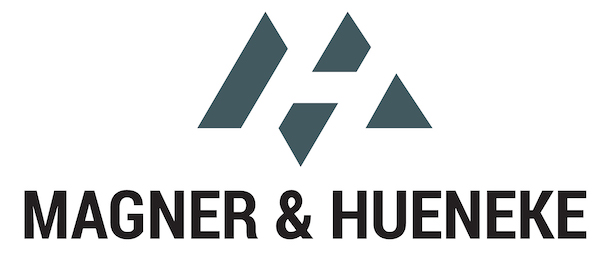As many Wisconsin residents have discovered, any divorce has the potential to be a complicated affair. That being said, the diversity of possible complications often increases during a high asset divorce simply because of the range of assets these situations often involve. In these cases, one of the primary difficulties a divorcing party may encounter lies simply in the act of forcing a complete disclosure of the other’s assets and liabilities, particularly due to some people’s proclivity for hiding such things about themselves.
According to one divorce mediator from the Institute for Divorce Financial Analysts, complete disclosures are a necessary component in attaining an equitable settlement. Sometimes divorce members try to hide assets using offshore accounts or other such matters, but they can also be something as seemingly benign as a recent loan made to a family member. In addition, many assets can be hard to quantify – consider, for example, the difficulties posed by attempting to designate ownership of a stock that was jointly owned during marriage.
While such issues may seem irrelevant to some, they do not necessarily pertain only to high asset divorces; things like basic 401(k)s and individual retirement accounts can also be on the table in cases where both spouses contributed to their maintenance over time. If a former partner has failed to disclose the extent of his or her asset portfolio, it may do a disservice to the other and prevent them from receiving what is rightfully theirs.
Whether the divorce is high asset or not, someone involved in one who suspects that their spouse has not been entirely forthcoming about their financial situation may wish to have the matter investigated more thoroughly. A divorce attorney may help clients get their fair share of the marital property.
Source: Financial Planning, “Finding Hidden Assets: Digging Deep in HNW Divorce”, Andrew Pavia, March 24, 2014
